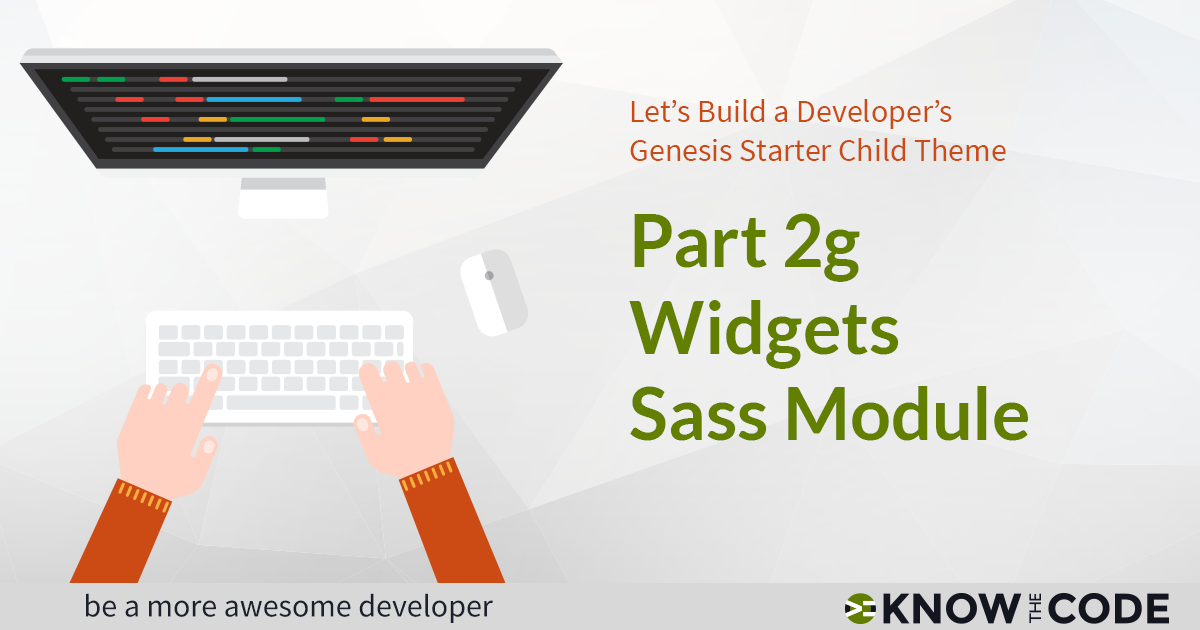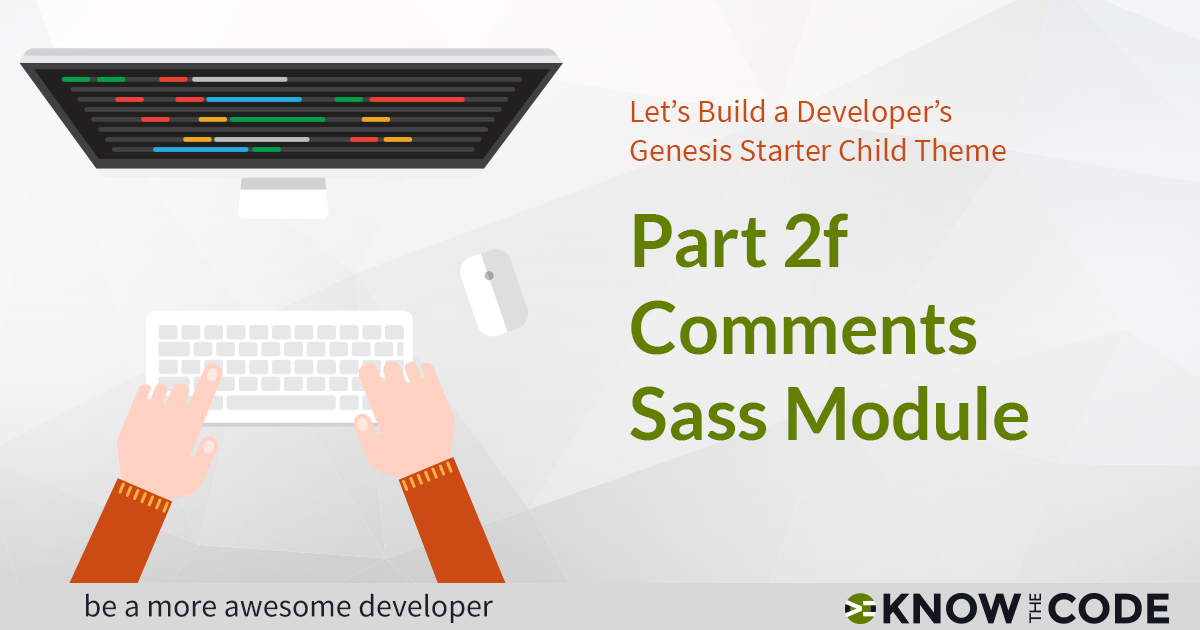Let’s commit your changes and then push them to GitHub, GitLab, or Bitbucket. We’ll walk through the current commit in GitHub too to see what it looks like and how to read it. Here is where you can find the last version of the entire lab in the Know the Code’s GitHub repository: Get on Github.


